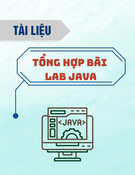
DONG NAI UNIVERSITY OF TECHNOLOGY
1
API
1
Telephony
APIs
2
LBS
APIs

DONG NAI UNIVERSITY OF TECHNOLOGY
2
1. Telephony APIs
1.1 Working with Telephony Utilities
1.2 Using SMS
1.3 Making and Receiving Phone Calls

DONG NAI UNIVERSITY OF TECHNOLOGY
3
1.1 Working with Telephony Utilities
ØIf your application uses telephony features, make sure
you set the <uses-feature> tag with the
android.hardware.telephony feature (or one of its sub-
features) in your application’s manifest file to ensure your
application is installed only on compatible devices.
Read more Hardware Features:
http://
developer.android.com/guide/topics/manifest/uses-feature-eleme

DONG NAI UNIVERSITY OF TECHNOLOGY
4
1.1 Working with Telephony Utilities
ØGaining Permission to Access Phone State Information
<uses-permission android:name=
"android.permission.READ_PHONE_STATE" />
üYou can use the TelephonyManager object to retrieve
the state of the phone and some information about the
phone service itself, such as the phone number of the
handset.
Read more details:
http://
developer.android.com/reference/android/telephony/Telephon

DONG NAI UNIVERSITY OF TECHNOLOGY
5
1.1 Working with Telephony Utilities ØCont…

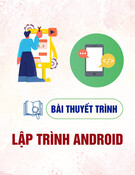






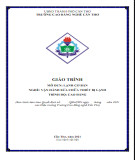
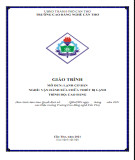
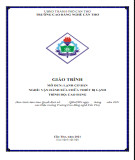








![Hệ thống quản lý cửa hàng bán thức ăn nhanh: Bài tập lớn [chuẩn nhất]](https://cdn.tailieu.vn/images/document/thumbnail/2025/20251112/nguyenhuan6724@gmail.com/135x160/54361762936114.jpg)
![Bộ câu hỏi trắc nghiệm Nhập môn Công nghệ phần mềm [mới nhất]](https://cdn.tailieu.vn/images/document/thumbnail/2025/20251111/nguyenhoangkhang07207@gmail.com/135x160/20831762916734.jpg)




